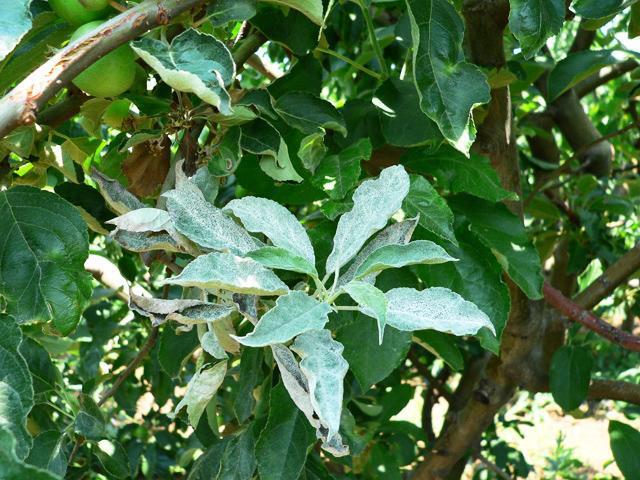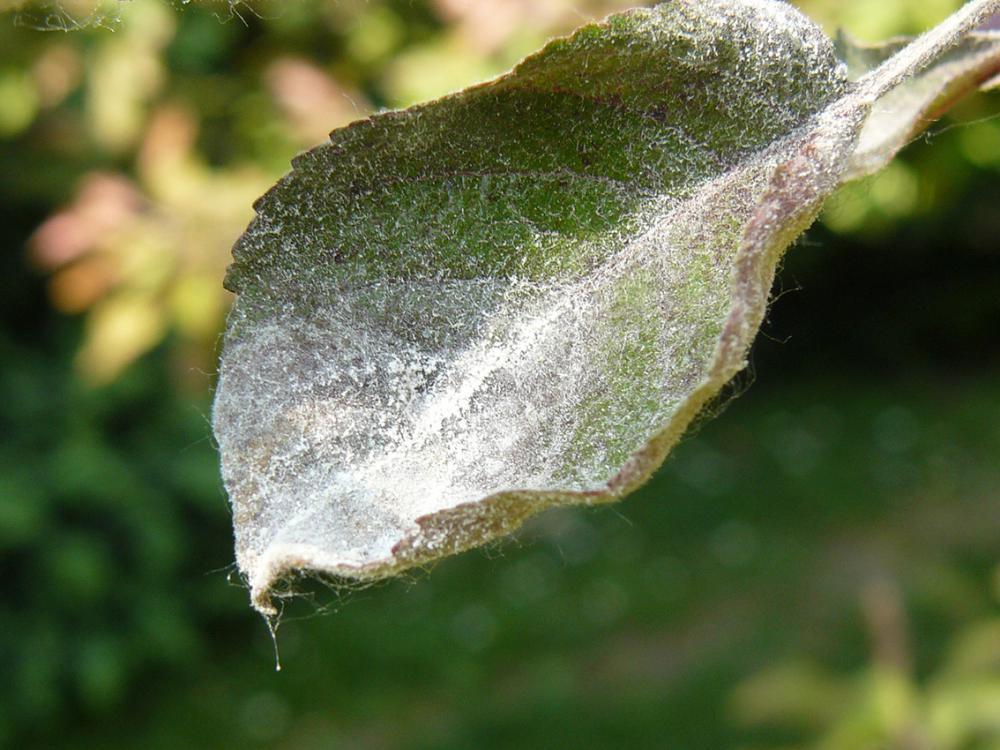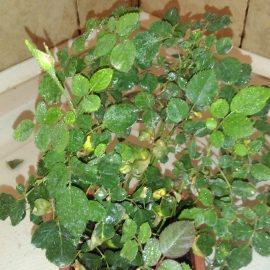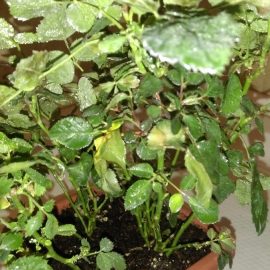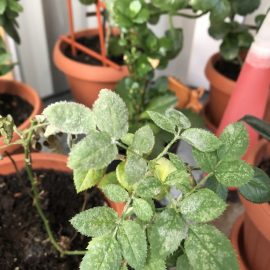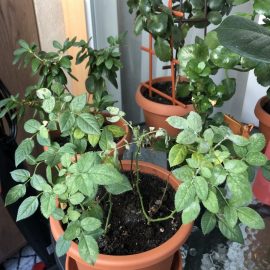Plum powdery mildew (Podosphaera tridactyla) – identify and control
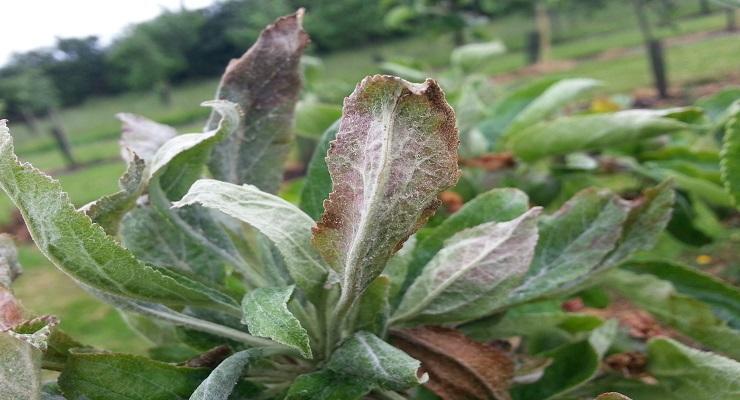
Plum powdery mildew, Podosphaera tridactyla does not cause major damage to plum orchards. However, it can cause significant damage for the stone fruits trees in the nurseries in the dry and hot years, which are favorable climatic conditions for the evolution of this fungal disease.
Symptoms. The attack on leaves and shoots occurs in late summer and is manifested by the formation, on both sides of the leaves, of a powdery growth, like a spider’s web. Towards the end of summer or the beginning of September, on the lower face of the leaf, as well as on the bark of the incompletely lignified shoots, black dots appear. These represent the fruiting of the fungus. A strong attack causes the yellowing and then the dropping of the leaves of the trees in the nurseries, especially for apricots and myrobalan plum.
The pathogen. The pathogen is Podosphaera tridactyla. The fungus is spread in dry years by spores. The transmission from one year to another is ensured by the fructification of resistance. These remove the spores in the following spring, which will give the first infections.
Prevention and control. To control plum powdery mildew, it is recommended to carry out treatments with specific fungicides.
Recommended products
-
You can find products on a different store
Change Store -
You can find products on a different store
Change Store -
You can find products on a different store
Change Store -
You can find products on a different store
Change Store -
You can find products on a different store
Change Store -
You can find products on a different store
Change Store -
You can find products on a different store
Change Store -
You can find products on a different store
Change Store -
You can find products on a different store
Change Store -
You can find products on a different store
Change Store -
You can find products on a different store
Change Store -
You can find products on a different store
Change Store -
You can find products on a different store
Change Store -
You can find products on a different store
Change Store -
You can find products on a different store
Change Store -
You can find products on a different store
Change Store -
You can find products on a different store
Change Store -
You can find products on a different store
Change Store -
You can find products on a different store
Change Store -
You can find products on a different store
Change Store -
You can find products on a different store
Change Store -
You can find products on a different store
Change Store -
You can find products on a different store
Change Store -
You can find products on a different store
Change Store














































































































































































































































































































































































































































